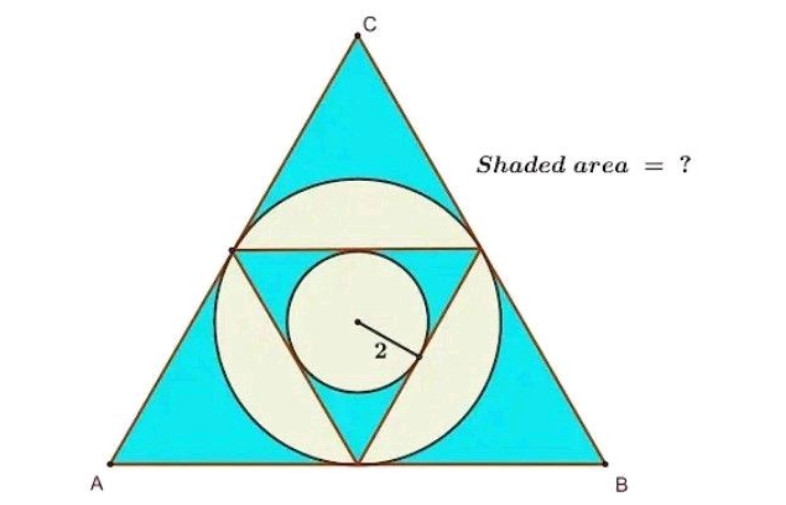
AllQuestion and Answers: Page 331
Question Number 188095 Answers: 2 Comments: 4

Question Number 188094 Answers: 0 Comments: 1

Question Number 188092 Answers: 0 Comments: 0

Question Number 188086 Answers: 1 Comments: 0
Question Number 188083 Answers: 1 Comments: 3
Question Number 188082 Answers: 1 Comments: 0
Question Number 188079 Answers: 0 Comments: 2

Question Number 188078 Answers: 2 Comments: 0

Question Number 188073 Answers: 2 Comments: 0
Question Number 188072 Answers: 0 Comments: 0
Question Number 188071 Answers: 0 Comments: 1
Question Number 188069 Answers: 0 Comments: 1
$${how}\:{is}\:{solution} \\ $$$$\int\sqrt{{e}^{{x}} }\mathrm{ln}\:\sqrt{{e}^{{x}} }{dx}=? \\ $$
Question Number 188062 Answers: 1 Comments: 8

Question Number 188060 Answers: 4 Comments: 0

Question Number 188059 Answers: 1 Comments: 0

Question Number 188037 Answers: 1 Comments: 0
$${find}\:\frac{{dy}}{{dx}} \\ $$$${y}=\mathrm{2}{x}^{\sqrt{{x}}} \\ $$
Question Number 188036 Answers: 1 Comments: 0
Question Number 188035 Answers: 1 Comments: 0
$${solve} \\ $$$$\int\frac{{x}^{\mathrm{2}} }{\left({a}+{bx}\right)^{\mathrm{2}} }{dx} \\ $$
Question Number 188034 Answers: 1 Comments: 0
Question Number 188033 Answers: 2 Comments: 0
$${from}\:{first}\:{principle} \\ $$$${y}={xInx}\:\:{find}\:\frac{{dy}}{{dx}} \\ $$
Question Number 188048 Answers: 1 Comments: 0

Question Number 188017 Answers: 1 Comments: 0

Question Number 188016 Answers: 1 Comments: 0

Question Number 188012 Answers: 0 Comments: 1

Question Number 188010 Answers: 0 Comments: 0

Question Number 188000 Answers: 0 Comments: 1

Pg 326 Pg 327 Pg 328 Pg 329 Pg 330 Pg 331 Pg 332 Pg 333 Pg 334 Pg 335
